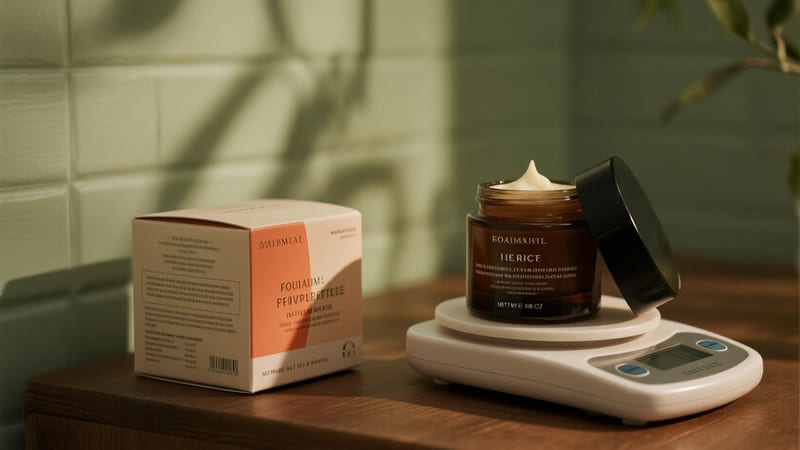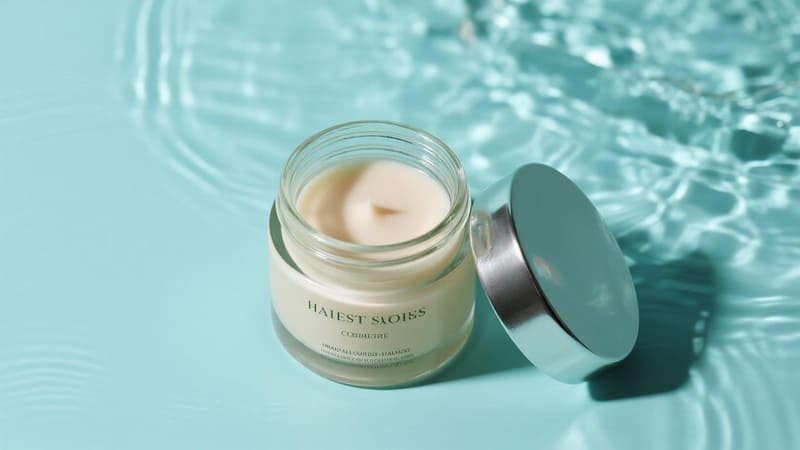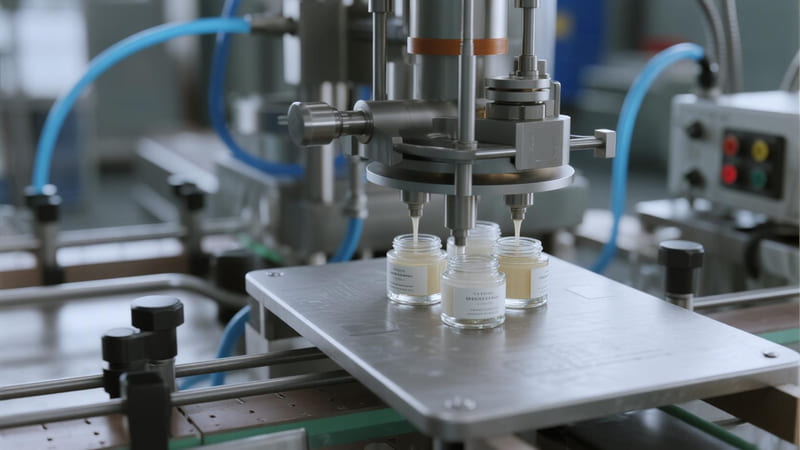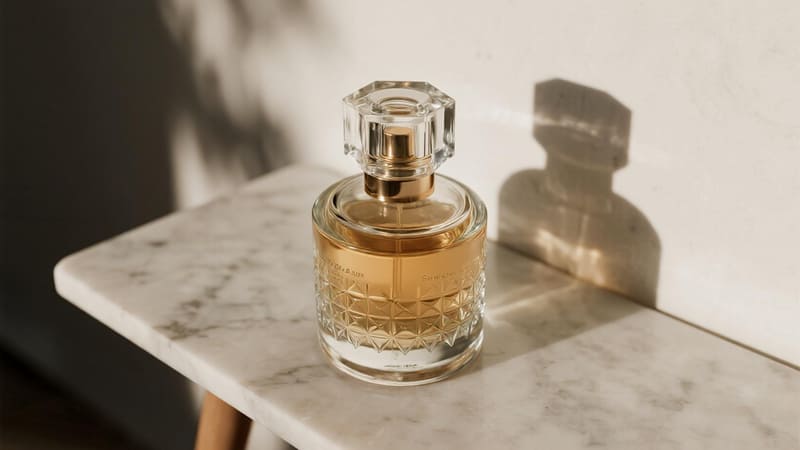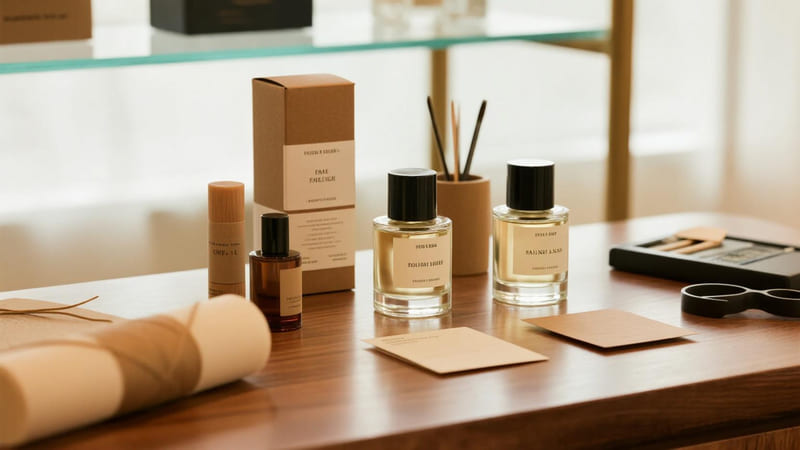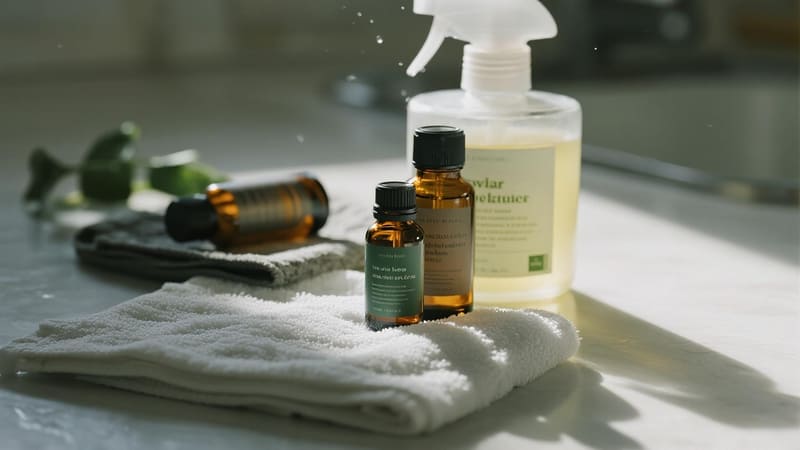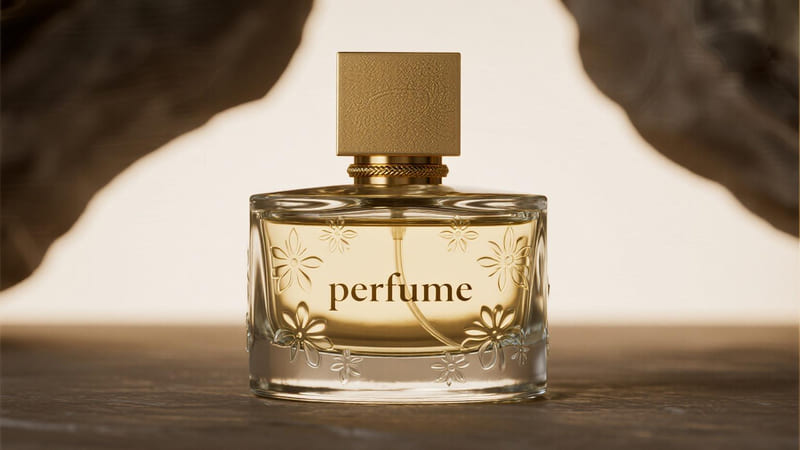It’s a common and sometimes frustrating experience: you open a brand new, perfectly sealed jar of face cream or another cosmetic product, only to find that it’s not filled to the brim. This can lead to feelings of being short-changed, but there are several legitimate and important reasons for this practice.
New and intact cosmetic jars are not always full primarily due to three reasons: 1. Products are sold by weight or volume, not by the size of the jar, and the jar is chosen to accommodate this specific amount plus necessary headspace. 2. Headspace is required for product stability, temperature-related expansion, and proper sealing. 3. Manufacturing processes require extra space for efficient, high-speed filling without spillage.
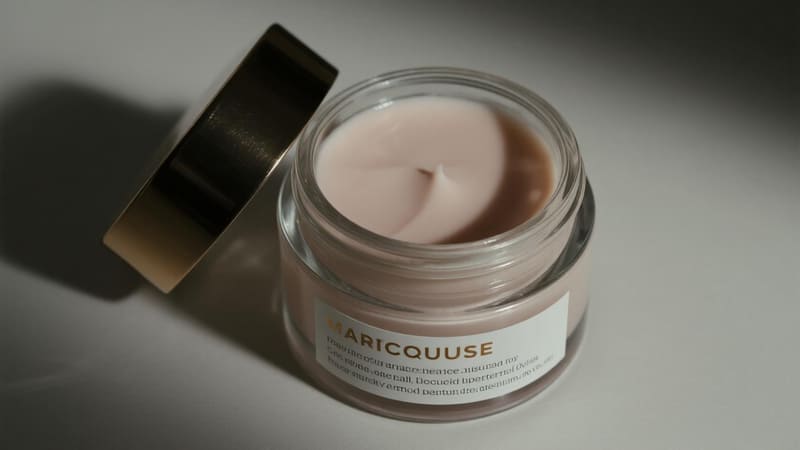
While it might look like you’re getting less product, the empty space, known as "headspace," is a deliberate and necessary part of product packaging and manufacturing. As a packaging supplier with ShineTop, we work closely with brands to select jars that are the right size for their specified product weight or volume, which always includes accounting for this headspace.
Reason 1: Products are Sold by Weight or Volume, Not Jar Size
This is the most fundamental reason. The amount of product you purchase is determined by the net weight (e.g., 50g or 1.7 oz) or fluid volume (e.g., 50ml or 1.7 fl oz) printed on the label, not by how full the container looks.
Cosmetic products are legally required to be filled and sold based on a precise, stated net weight or volume. The packaging jar is simply the container for that specific amount. A larger jar might be used for branding presence, to accommodate an inner liner, or because it’s a standard size, but the amount of product inside should always match what is declared on the label.
- Net Weight vs. Gross Weight: The weight on the label is the weight of the product only, not including the jar, lid, or any other packaging components.
- Standard Jar Sizes: Manufacturers like ShineTop produce jars in standard capacities (e.g., 30ml, 50ml, 100ml). A brand might formulate a 45ml product but choose to use a standard 50ml jar because creating a custom 45ml jar mold would be prohibitively expensive. This naturally leaves a 5ml headspace.
- Product Settling: Some products, especially whipped creams or lighter mousses, are aerated during production. They can settle and become more compact during shipping and storage, making the jar appear less full than when it was initially filled, even though the net weight remains the same.
- Branding & Shelf Presence: Sometimes, a slightly larger jar is chosen for marketing reasons. A larger footprint on the shelf can make a product seem more substantial or luxurious, even if it contains the standard 50ml of product.
Reason 2: The Necessity of Headspace
That empty space at the top of the jar isn’t wasted space; it serves several important technical and safety functions.
Headspace is the unfilled volume in a container, and it’s essential in cosmetic jars to accommodate product expansion and contraction due to temperature changes, to prevent spillage upon opening, to allow for proper sealing with an inner liner or disc, and to ensure the product doesn’t touch the lid, which could cause contamination or degradation.
Why Headspace is Crucial:
- Temperature-Related Expansion & Contraction:
- Like most substances, cosmetic creams can expand when they get warm (e.g., during shipping in a hot truck) and contract when they cool. Headspace provides a buffer, preventing the product from expanding and breaking the seal or leaking out.
- Proper Sealing:
- Many cosmetic jars come with a protective inner liner or a plastic shive (a small disc that sits on the jar’s rim). For these to be applied correctly by machinery and to create a proper seal, there must be space between the product surface and the rim of the jar.
- Preventing Product Contamination:
- If the cream is filled to the very brim, it will be in constant contact with the underside of the lid and its liner. This can cause the product to stick to the lid, creating a mess upon opening. More importantly, it can lead to interactions between the product and the lid/liner material over time, potentially affecting the formula’s stability.
- Preventing Spillage:
- Headspace ensures that when a consumer opens a brand new jar, the product doesn’t immediately spill over the sides.
Reason 3: The Realities of High-Speed Manufacturing
The way products are filled on a production line also necessitates that jars are not filled to the absolute top.
Automated, high-speed filling lines require headspace to function efficiently and hygienically. Filling nozzles dispense product rapidly, and the extra space prevents splashing and spillage, ensuring a clean fill and preventing product from getting on the jar’s threads, which would compromise the seal of the cap.
- Filling Nozzle Clearance: The dispensing nozzle needs physical space to enter the jar opening and dispense the product without touching the sides.
- Preventing Splashing: Filling at high speeds can cause splashing. Headspace minimizes the chance of product splashing out of the jar and onto the machinery or other containers.
- Clean Sealing Surface: It is critical that the "land area" (the flat rim at the top of the jar) remains perfectly clean. If product gets on this surface, the cap will not be able to create an airtight seal, which can lead to product drying out, contamination, and leakage. Headspace helps ensure a clean fill.
- Dosing Accuracy: Filling machines are calibrated to dispense a precise weight or volume. They are not designed to fill "to the top," as this is not a precise measurement.
Is This Practice Deceptive? The "Slack-Fill" Regulation
Consumers are right to be wary of deceptive packaging. To address this, regulations exist concerning what is known as "slack-fill."
"Slack-fill" is the empty space in a package that is not filled with product. While some slack-fill (headspace) is functional and necessary, regulations (like those from the FDA in the US) prohibit "non-functional slack-fill" that is used with the intent to mislead the consumer into thinking they are getting more product than they actually are.
Functional vs. Non-Functional Slack-Fill:
-
Functional Slack-Fill (Permitted):
- Protection of the contents: e.g., space for cushioning.
- The requirements of the machines used for enclosing the contents: As discussed above.
- Unavoidable product settling: During shipping and handling.
- The need for the package to perform a specific function: e.g., a shaker bottle.
- The container is a reusable item: e.g., a decorative tin meant to be kept.
- Inability to increase the level of fill or reduce the package size: e.g., using a standard jar size for a specific volume.
-
Non-Functional Slack-Fill (Deceptive & Prohibited):
- This is empty space that serves none of the above functions and is deemed to be misleading.
- Examples could include a jar with an extremely thick bottom or a double wall that makes the container look much larger than its actual capacity, with no functional justification.
The Bottom Line:
The empty space you see in your new, intact cosmetic jar is almost always functional slack-fill. As long as the jar contains the net weight or volume stated on the label, the practice is legal, necessary, and standard across the industry. My client Anna from Thailand is very careful about this; when we supply her with 50ml jars, she ensures her filling process delivers exactly 50ml of product, and the headspace is there for all the right functional reasons.
Conclusion
While it might seem counterintuitive, that empty space in your new jar of cosmetic cream is a sign of proper, safe, and efficient manufacturing, not a rip-off. It ensures that you receive the exact weight or volume of product advertised on the label, while also protecting the product’s stability during temperature changes, allowing for a secure seal, and facilitating a clean, high-speed filling process. So, the next time you open a new jar, you can be confident that the headspace is there for a good reason, safeguarding the quality of the precious cream inside.

